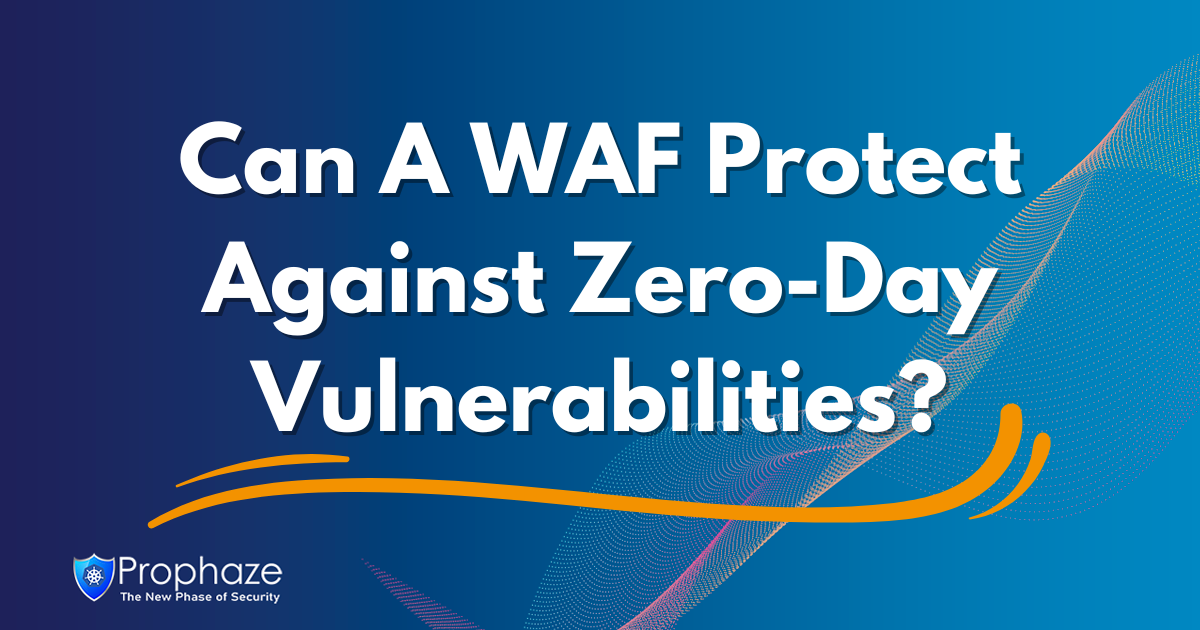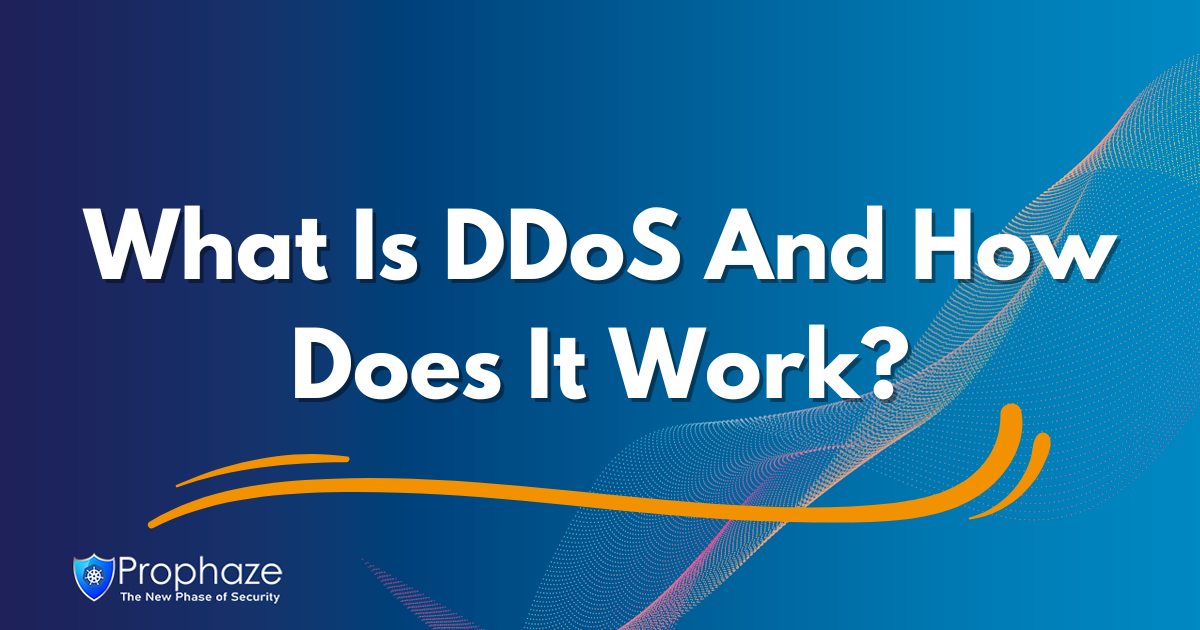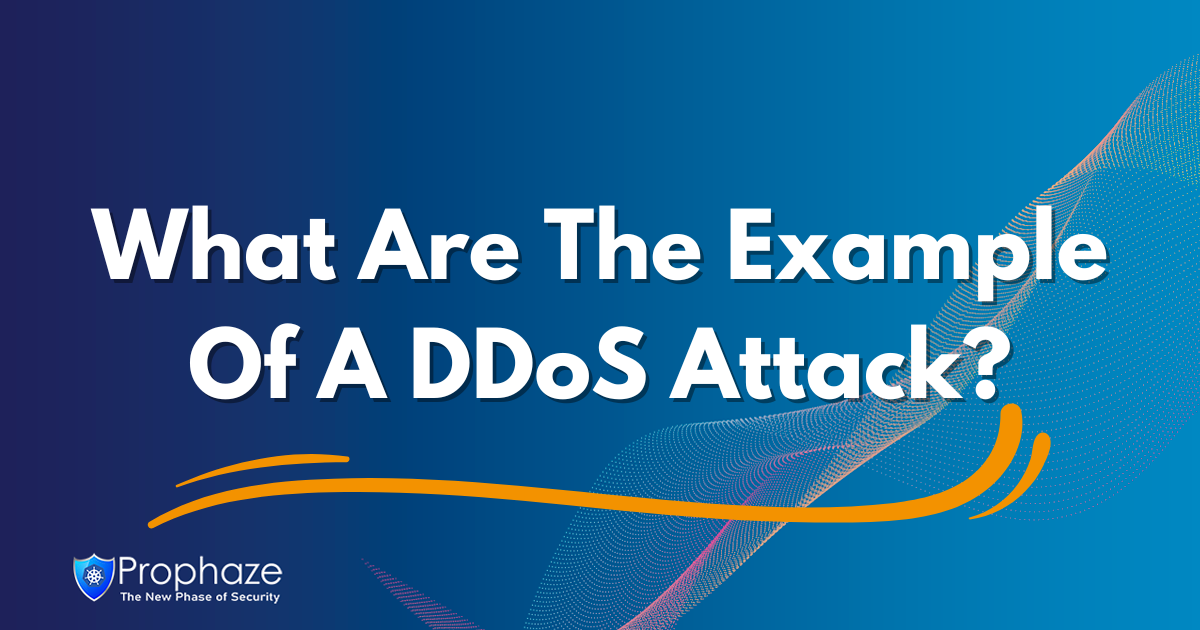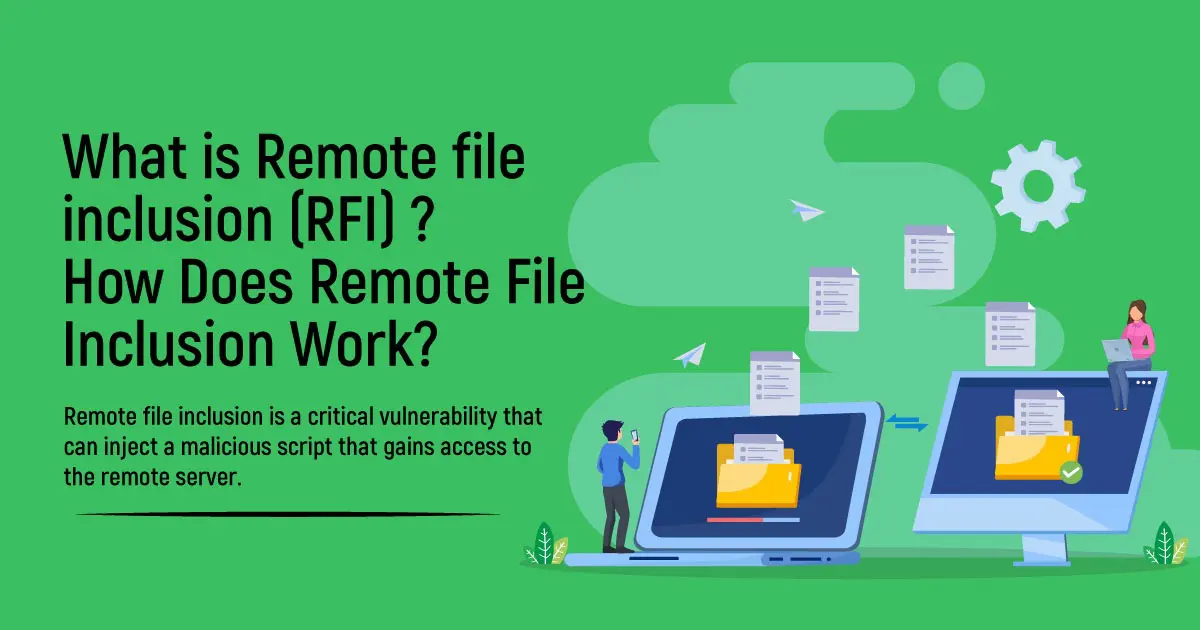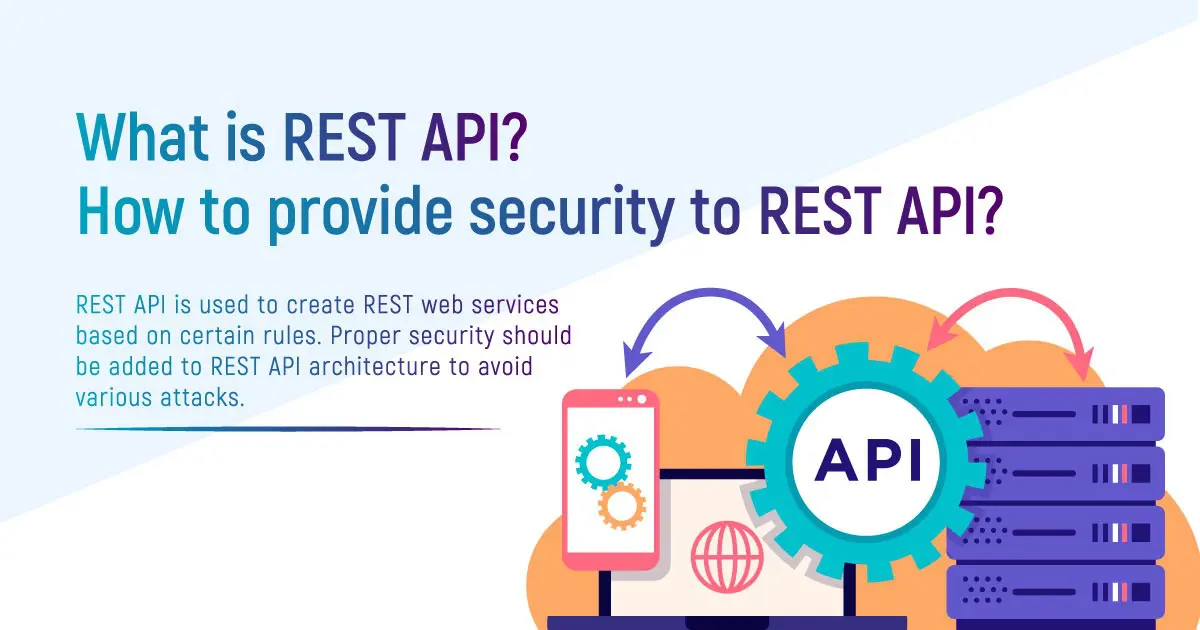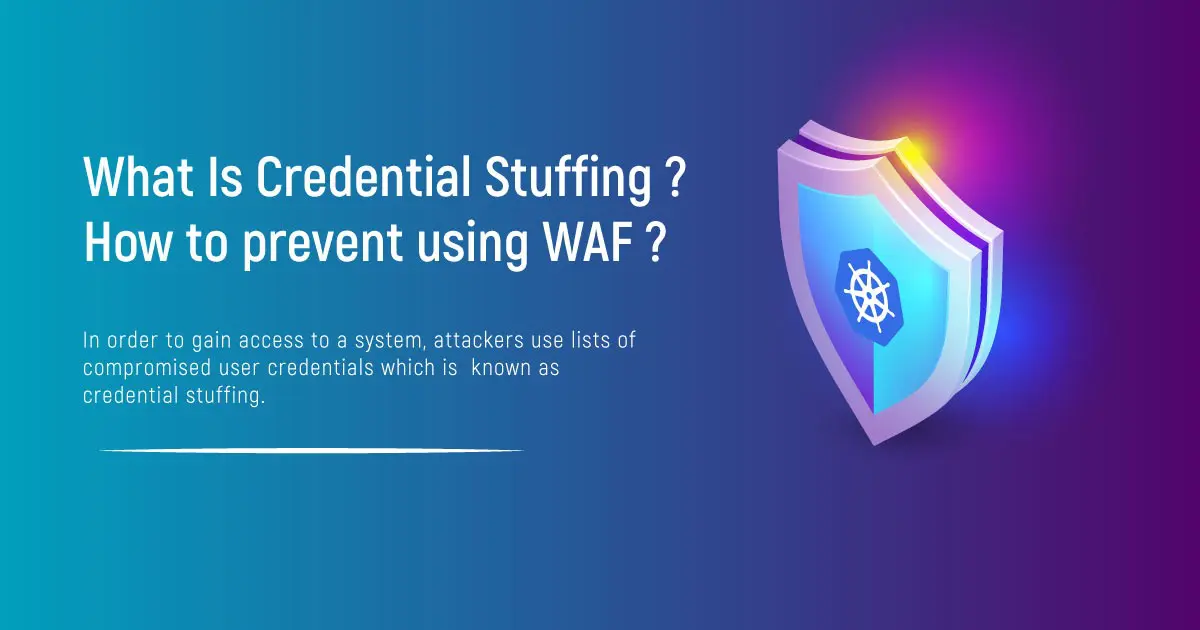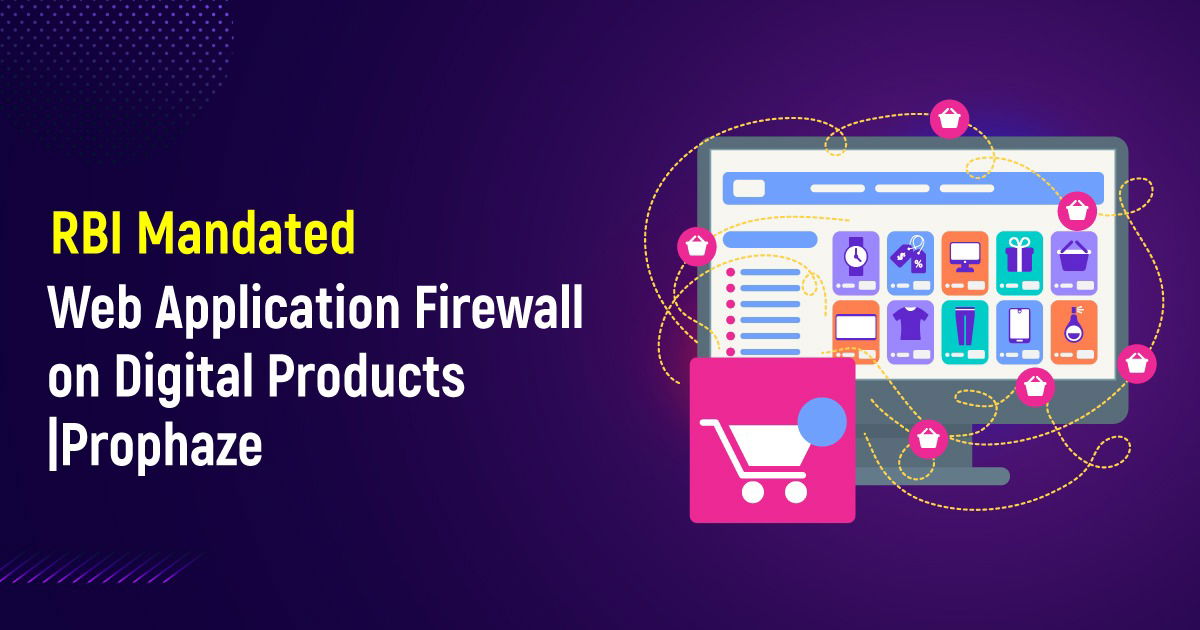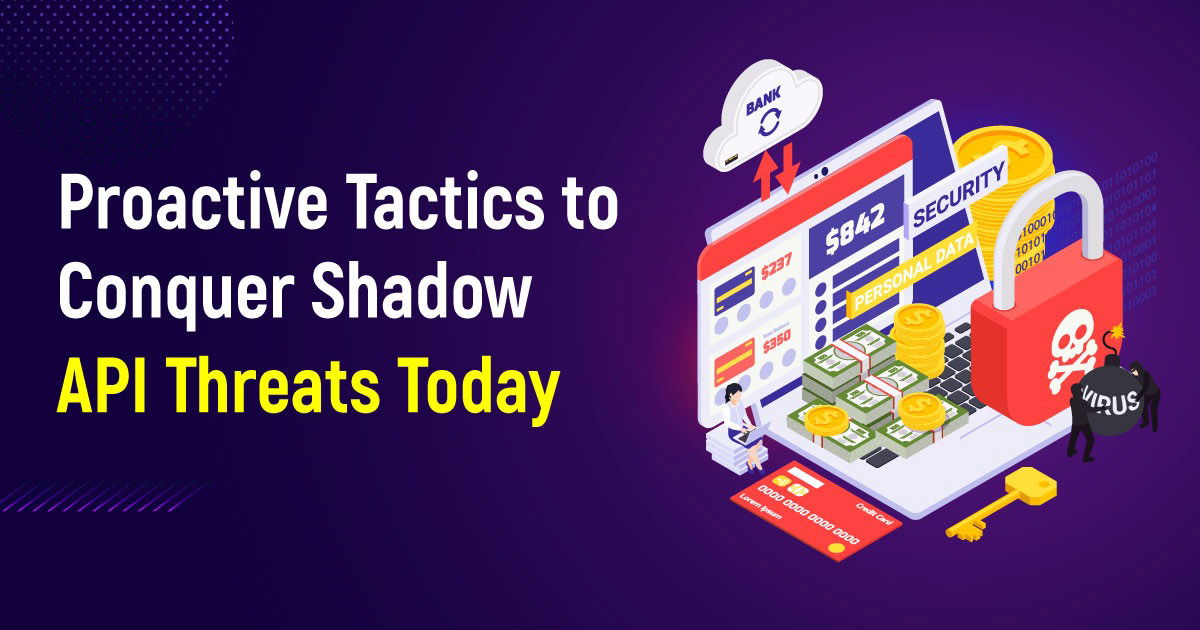Understanding the Mitigation of DDoS Attacks
Mitigation of a DDoS (Distributed Denial of Service) attack refers to the actions taken to reduce or minimize its effect on the targeted website or online service. The goal of mitigation is to ensure that the website remains accessible to legitimate users in the face of an attack that attempts to overwhelm its resources.
Shielding Your Online Presence
Mitigation techniques include a variety of strategies and technologies aimed at filtering out malicious traffic while keeping the website operational. Some typical mitigation methods are as follows:
Traffic Filtering:
This includes assessing inbound network traffic and blocking harmful traffic by producing with specialized systems. The system can allow legitimate traffic to reach the website while blocking or redirecting attack traffic by distinguishing between legitimate and illegitimate requests.
Rate Limiting:
Rate limiting specifies the maximum number of requests that can be accepted from specific IP addresses or ranges. Attackers are less likely to overwhelm the website’s resources by limiting the amount of incoming traffic from a single source.
Load balancing:
Distributes incoming traffic across multiple servers or data centers. Distributing the load ensures that no single server becomes overloaded, making it more difficult for attackers to disrupt the website’s availability.
Scrubbing Centers:
Scrubbing centers are specialized services that serve as go-betweens for the targeted website and the internet. They filter incoming traffic, detecting and eliminating malicious traffic before forwarding only legitimate traffic to the website. Scrubbing centers can effectively mitigate DDoS attacks by blocking or redirecting attack traffic.
Conclusion
The specific mitigation techniques used to mitigate the DDoS are decided by the severity and nature of the DDoS at the time of monitoring, as well as the available resources and infrastructure for the targeted website or online service. Effective mitigation requires constant monitoring, a quick response, and robust defense mechanisms to minimize the impact of the assault and ensure the website remains accessible to legitimate users.

